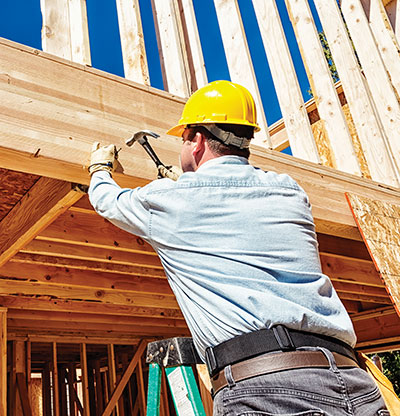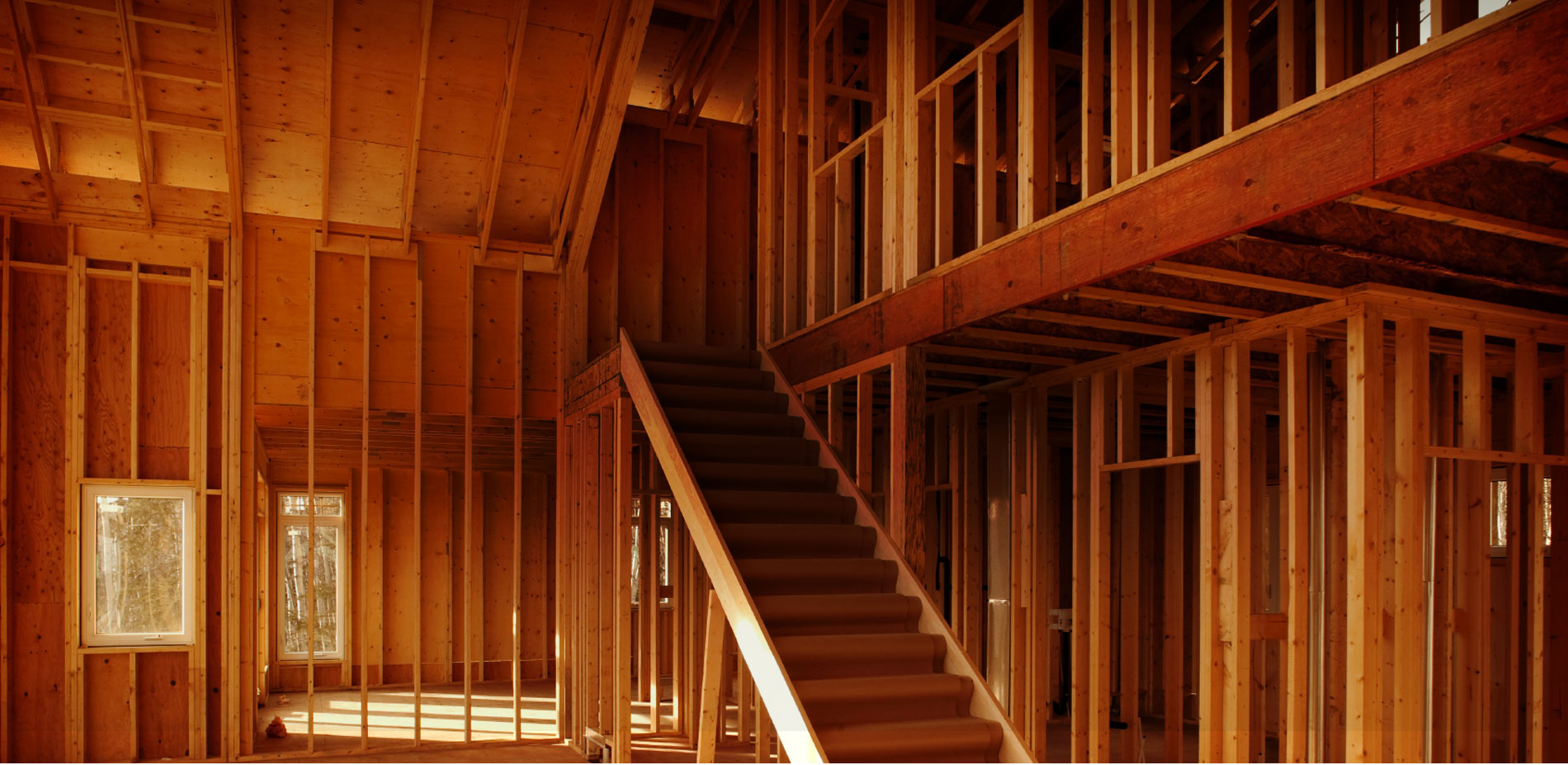The Shrinking Gap: Why Building a Home is Becoming the Smarter Choice
Not long ago, the choice between buying a resale home and building a new one was often dictated by price. Resale homes were typically more affordable, and building seemed like a luxury reserved for those with bigger budgets and longer timelines. But the market has shifted — and the gap between the two options is quickly disappearing.
Cost Gaps Are Narrowing — And In Some Areas, They’re Gone
Just a few years ago, building a home could cost anywhere from 15% to 30% more than buying an existing one. But as housing prices continue to rise in the resale market — driven by high demand, low inventory, and inflation — that difference is shrinking. In many regions, especially fast-growing suburban and rural areas, the cost of a newly built home is now equal to or even less than that of a comparable resale home. On a broader scale nationwide, the median sales price for a new single‑family home was $416,900 in the first quarter of 2025; an existing home’s median was $402,300 — a difference of just $14,600.
When you factor in renovation costs and the premium buyers are paying in today’s resale market, building a home can be a smarter financial choice.
Material & Labor Costs Are Stabilizing
The construction industry was hit hard in the early 2020s by supply chain issues and labor shortages, driving up the cost of building materials like lumber, concrete, and drywall. These inflated prices made new construction less competitive with resale homes. However, as supply chains stabilize and construction labor becomes more available, costs have plateaued or even declined in some markets. Builders are now able to offer more competitive pricing, sometimes with added incentives like free upgrades or closing cost assistance.
Modern Efficiency = Long-Term Savings
Building a new home today means benefiting from the latest in energy efficiency, insulation, windows, appliances, and HVAC systems. These upgrades translate to significant savings on utility bills, often hundreds of dollars per year compared to older homes.

Building a home doesn’t just give you a blank slate — it gives you control. You can design the layout that fits your lifestyle, choose finishes that reflect your taste, and enjoy energy-efficient systems that cut down your monthly expenses. Want an open-concept kitchen, a home office, or a spa-like bathroom? It’s yours. You don’t have to settle for someone else’s choices or invest time and money to remodel a resale home to fit your needs. This level of personalization is especially appealing to younger buyers and growing families who want homes that reflect modern living.
Less Competition, Less Stress
Buying a resale home in a hot market often means bidding wars, waived inspections, and rushed decisions. It’s emotionally draining and can lead to compromises — or overpaying. Building a home offers a clearer, calmer path.
Builder Incentives Are Making New Construction More Attractive
In a bid to compete with the resale market and move inventory, many homebuilders are offering aggressive incentives which can reduce your upfront costs or make the long-term mortgage payments more affordable — narrowing the perceived cost difference with a resale purchase.
Builder Warranties = Peace of Mind
New homes come with builder warranties, like the array of products we offer at HOME of Texas and our affiliates, that cover structural components, major systems, etc. It’s a proven bonus that can help homeowners avoid unexpected repair bills in the first few years.
Building May Be the Better Bet Today
While building a home was once seen as the more expensive or impractical option, potential buyers need to understand today’s market has changed. With rising resale prices, limited inventory, and the long-term benefits of new construction, building is not just a luxury — it’s a smart choice.



